This spring, the collection of the Royal Photographic Society (RPS) was transferred from the National Media Museum in Bradford to the Victoria and Albert Museum in London. When news of the move was announced in 2016, there was a good deal of criticism, including a letter to the Guardian signed by a long list of leading photographers, historians, curators, dealers, and critics, as well as protests from two MPs representing constituencies in Bradford. The public controversy surrounding the transfer of objects focused on charges of cultural vandalism and centralisation, but the history of this particular collection – one of the most important in the world – touches on much broader questions of how museums should collect such a varied medium. As Michael Pritchard, the chief executive of the RPS, puts it, ‘Photography’s diversity is its strength, but also its downfall. It’s so ubiquitous in terms of our culture and our history that it sometimes might not be recognised.’ The debate is a reminder of the disjointed, and sometimes fraught history of how institutions in the UK have collected photography in the past.
The Photographic Society of London was founded in 1853 (it became Royal in 1894) – 14 years after William Henry Fox Talbot had presented his ‘art of photogenic drawing’ to the Royal Society and Louis Daguerre his images on silver plates to the French Academy of Sciences. The organisation’s very first meeting was open to ‘ladies and gentlemen interested in photography’ and soon after it became a members’ organisation, which it continues to be to this day. The new society for this new technique published a journal and resolved to hold exhibitions. But it was not until the end of the century that the society began to collect historical material and not until the 1920s, under the society’s president John Dudley Johnston, that it began to collect seriously, with Johnston approaching living practitioners and the descendants of the pioneers.
Meanwhile the then South Kensington Museum, under its first director Henry Cole, was quick to recognise the importance of the new medium, acquiring works right from the museum’s inception in 1852. In 1858, the museum held the first international exhibition of photography in the world, when it hosted the annual exhibitions of the Photographic Society of London and La Societé française de photographie. In 1865, when the museum exhibited work by Julia Margaret Cameron, this was its first show devoted to a living photographer. But after this promising initial support for the medium, it may seem surprising that the museum’s next significant exhibition of a living photographer’s works presented as art was in 1969, when its successor institution, the V&A, held a retrospective of work by Henri Cartier-Bresson.

Shop sign, rue Geoffroy-St-Hilaire, Paris, (c. 1900), Eugène Atget. © Victoria and Albert Museum
What had happened at the museum during the intervening century? In the 1900s, as the South Kensington Museum was split into different institutions and the Victoria and Albert Museum came into being, the focus of the latter’s collection became more historical. Photography still entered the museum, but it was often for documentary or historical purposes. So while the museum bought a set of photographs from Eugène Atget himself in the early 1900s, it did so, explains Martin Barnes, the V&A’s senior curator of photographs, so that the National Art Library in the museum would have ‘examples of decorative iron work and disappearing medieval architecture in Paris that were seen to be of documentary value for other collections in the V&A’. The contemporary still infiltrated the museum through the library in the form of, for instance, Bauhaus and other modernist magazines, but it played little part in the museum’s collecting policy.
The tension between photography’s role as an art form and a technology is central to the difficulty of collecting it. And the ability of a photograph to change in meaning long after it has been taken adds to that difficulty. For instance, in the 1920s, many years after Atget’s pictures had entered the V&A as information, he was being hailed in Paris as a proto-Surrealist artist by figures such as Man Ray, and Berenice Abbott (who would promote his work long after his death in 1927).
The record of other major museums in the UK collecting and exhibiting photography is also patchy. The very first curator of photography in a national museum was Colin Ford at the National Portrait Gallery in 1972. ‘When I got to the Portrait Gallery,’ Ford says, ‘there was one photograph in the main collection. They had a daguerreotype of Mrs Beaton and the reason they had that was when the trustees decided they wanted an image of her, they couldn’t find a painting or a drawing, so they did in the end accept a photograph.’ That wasn’t the extent of the NPG’s photographic holdings, of course. There were photographs, many of which are now recognised as important, tucked away as reference material. ‘I gradually started pulling those out and we started conserving them, cataloguing them, and putting them in the main collections,’ Ford tells me.
There were other forms of recognition for photography during this period. In 1968, the National Portrait Gallery’s Cecil Beaton show had been a runaway success. The Photographers’ Gallery in London was founded in 1971 and in 1973, the Arts Council appointed its first (and only) photography officer. The V&A’s circulation department put on a series of revelatory touring shows including Cartier-Bresson’s photojournalism, landscape photographs chosen by Bill Brandt, and Ansel Adams, among others. By 1977, the circulation department was no more, but the V&A appointed Mark Haworth-Booth (formerly of that department) as its first curator of photographs. (The Tate appointed its first photography curator in 2009.)
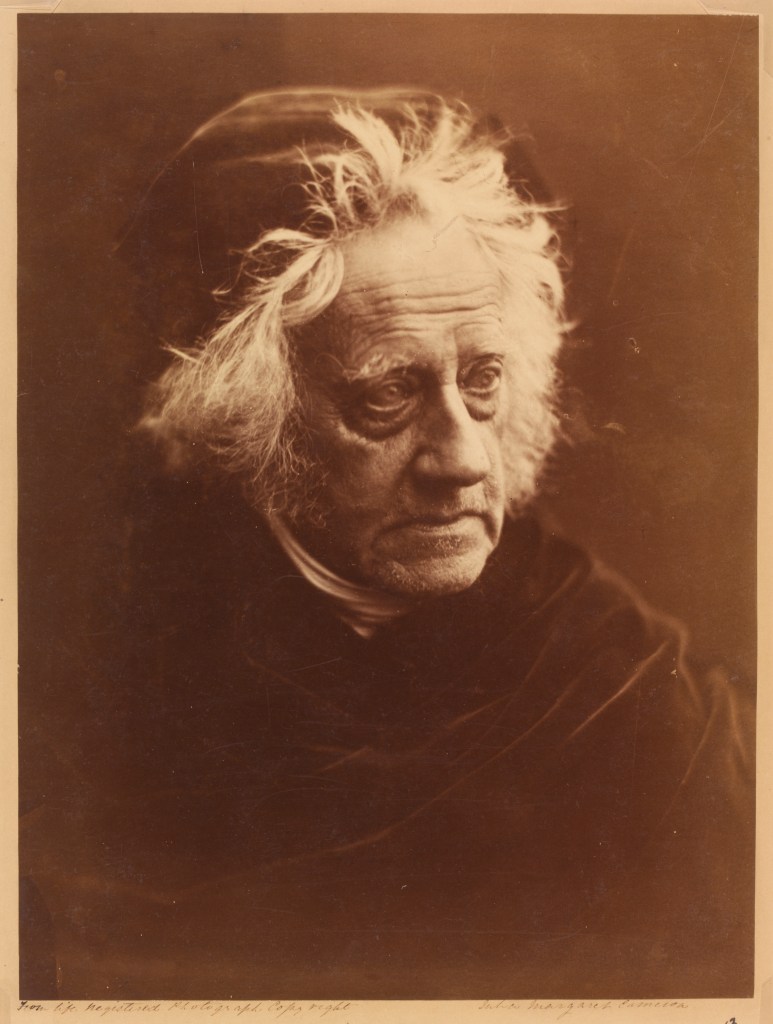
John Frederick William Herschel (1867), Julia Margaret Cameron. Victoria and Albert Museum
The idea for a national museum dedicated to photography was floated – Colin Ford says he is ‘90 per cent certain’ – by Sue Davis, the director of the Photographers’ Gallery, in the mid 1970s. But it was Ford who pursued the idea for nine years. The National Museum of Photography, Film and Television opened in Bradford in 1983, as part of the Science Museum Group, with Ford as its founding director. Highlights of its collection included Julia Margaret Cameron’s Herschel Album, which had been saved for the nation in 1974, the Daily Herald archive (both gifts from the National Portrait Gallery) and the Kodak Collection. The NMPFT was Museum of the Year in 1988 and the most visited museum outside London. In 2006, the museum changed its name to the National Media Museum, a change widely regarded, and not just in hindsight, as a mistake that diluted the institution’s purpose.
The Royal Photographic Society’s collection was transferred to Bradford in 2003. It had already travelled from London to Bath, when the society moved there in 1980 and opened a National Centre for Photography for its display. But by the early 2000s, the society was short of money and the collection also needed more conservation than it could afford. A grant of £3.75 million from the Heritage Lottery Fund and a further £342,000 from the then National Art Collections Fund (Art Fund) and Yorkshire Forward funded the purchase. But although the RPS has not owned the collection since 2003, Michael Pritchard explains that it is still of great importance to the society. ‘I don’t think you can disregard the 120 odd years of collecting by the society and say we don’t own the collection any more and therefore we have no interest in it.’ When the transfer to the V&A was first proposed, the society was interested in four main things: the collection should stay together, the public should have access to it, it should continue to grow, and the society and the museum should engage in joint activities. The society had similar requirements when the collection moved to the NMPFT and the V&A is committed to all the points, Pritchard says.
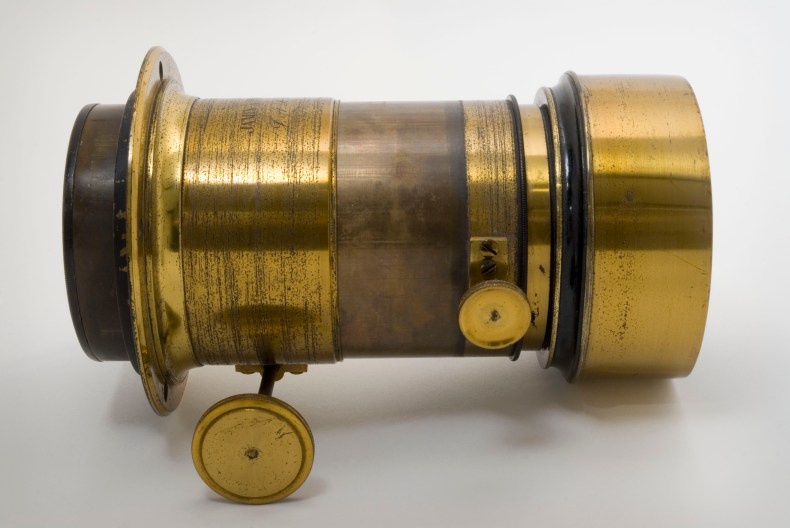
Julia Margaret Cameron’s camera lens (c. 1860). © The RPS collection at the Victoria and Albert Museum, London
To a large extent, the Royal Photographic Society’s collection has followed the funding. The V&A is undoubtedly in a better financial position than the National Media Museum to look after the holdings, which now number over 270,000 photographs, 26,000 publications, and 6,000 pieces of camera equipment. The V&A was already committed to increasing its display space for photography under its FuturePlan programme. Such a large, and outstanding addition has, Barnes explains, been ‘an incredible catalyst for us to rethink the approach to photography across the museum’. What this means in practice is that a photography centre will open at the V&A in autumn 2018, and the existing display space in the current picture galleries will double. The RPS collection is in a new storage facility at the back of the print room and the V&A is committed to cataloguing fully and digitising it rapidly. Colin Ford was understandably opposed to the plans to move the collection from Bradford at all, but says that he is ‘totally impressed’ by what has happened to it already: ‘The V&A have already done more in terms of sorting it and storing it than the poor old Media Museum did.’
But although the V&A may seem like a rational resting place for the RPS collection, the UK’s photographic collections as a whole are in an unsettled state. For one thing, there are municipal collections all over the country, most notably at the Library of Birmingham with its outstanding holdings of documentary photography, where funding cuts have led to the curators being fired. There are still three million photographic objects at the National Media Museum in Bradford, but Ian Blatchford, director of the Science Museum Group has announced that the museum will be ‘shifting its strategic focus to explore the science, technology and culture of light and sound’. And it has had another name change: to the National Science and Media Museum.
It is currently unclear what this shift means for items such as the Daily Herald Archive, or the archive of the groundbreaking photographer Tony Ray-Jones, which the museum acquired in 1994. It was an exhibition of work by Ray-Jones that inaugurated the most elegant photographic galleries in London: the Media Space galleries at the Science Museum in London, which opened in 2013 – to display highlights from the Bradford collection. In addition, the Science Museum Group’s concentration on photography as science may seem like a slightly retrograde stance, when the V&A across the road (in London, that is) is declaring its interest in photography as an art and as a science.
A further consideration for living photographers, especially those with a documentary bent, is that with Bradford’s change of emphasis, it gets a little more difficult to think of a home for their archives in the future. The V&A has just made a huge acquisition; Tate is committed to collecting and showing photographs as art. A once-hospitable home like the Library of Birmingham now has no photography curators. The newly formed Photographic Collections Network is taking this problem seriously. This body is a co-ordinating group consisting, to begin with, of Redeye (a Manchester-based collective), the V&A, RPS, National Science and Media Museum, the curator Pete James (formerly of Birmingham Library) and the critic Francis Hodgson. The network will first carry out a mapping exercise to determine the photographic holdings of municipal archives and library collections and other museums beside the major ones.
Martin Barnes likens the endless struggle to classify and collect photography to futile attempts to collect language. ‘One of the examples often used to illustrate the different uses of photography is the idea that it can be prose and it can be poetry, and like language you could use the same words to write a shopping list as you could to write a poem. They might look the same, the words might be the same, but the context might be so different and the purposes are so different that you wouldn’t want to collect the poems in the same places that you collect the shopping lists.’ Within the museum, some forms of classification make much more sense than others, but as the medium keeps proving, photography is an art and a science that can’t be pinned down.
From the May issue of Apollo. Preview and subscribe here.
Unlimited access from just $16 every 3 months
Subscribe to get unlimited and exclusive access to the top art stories, interviews and exhibition reviews.

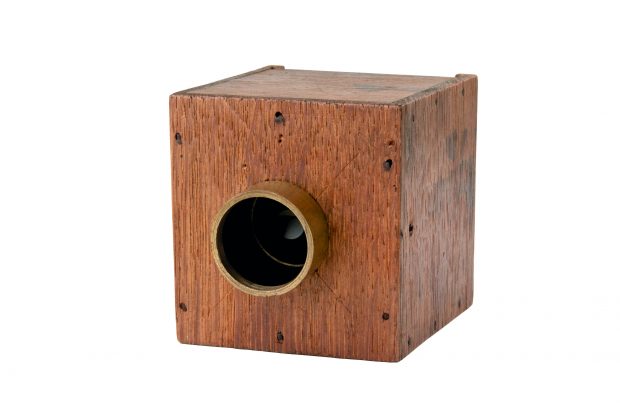
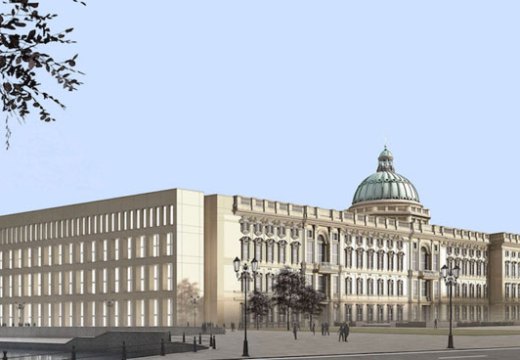
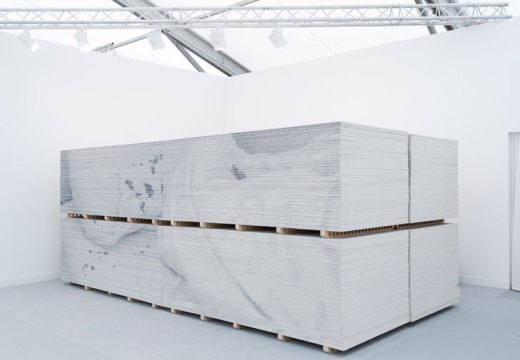
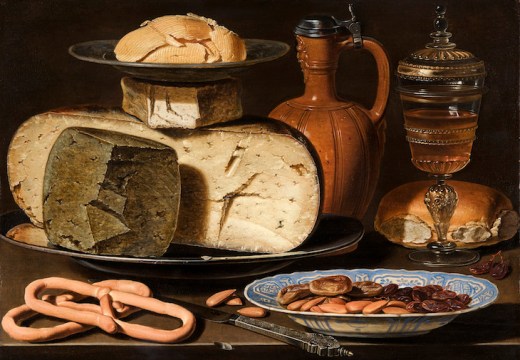









![Masterpiece [Re]discovery 2022. Photo: Ben Fisher Photography, courtesy of Masterpiece London](http://www.apollo-magazine.com/wp-content/uploads/2022/07/MPL2022_4263.jpg)
It’s time for the government of London to return to its rightful home